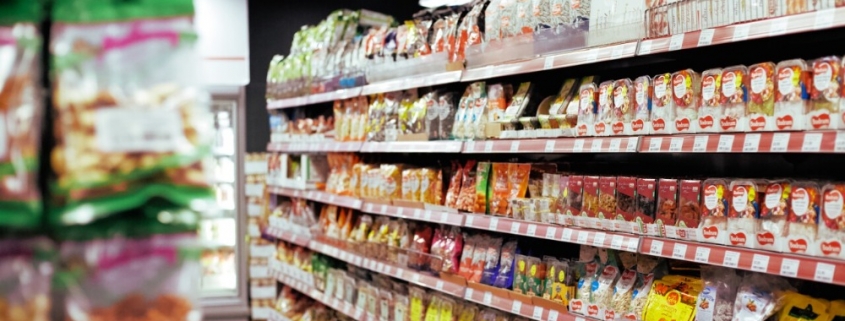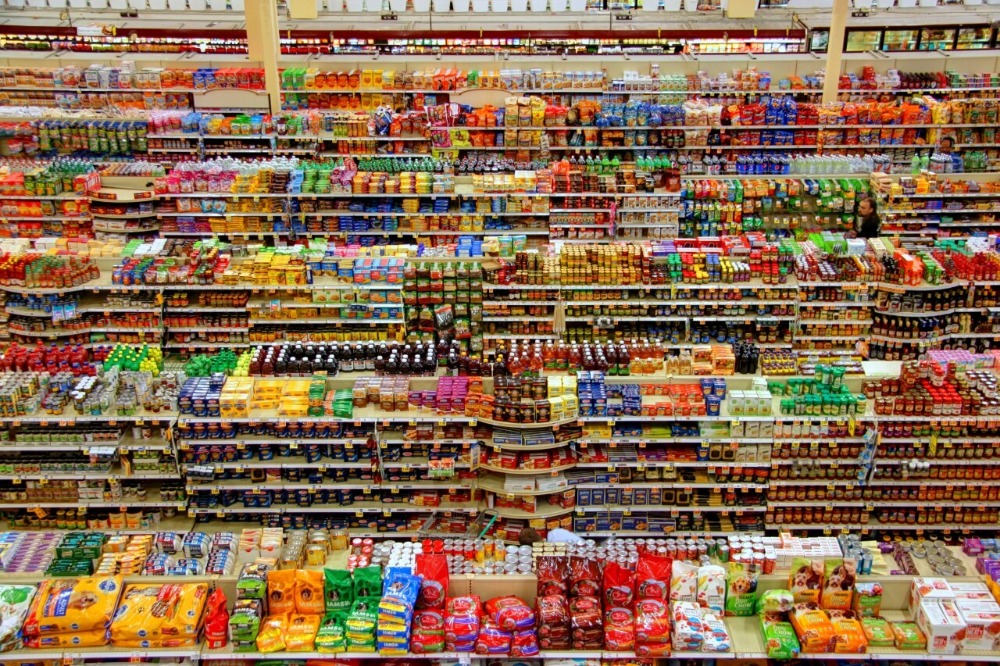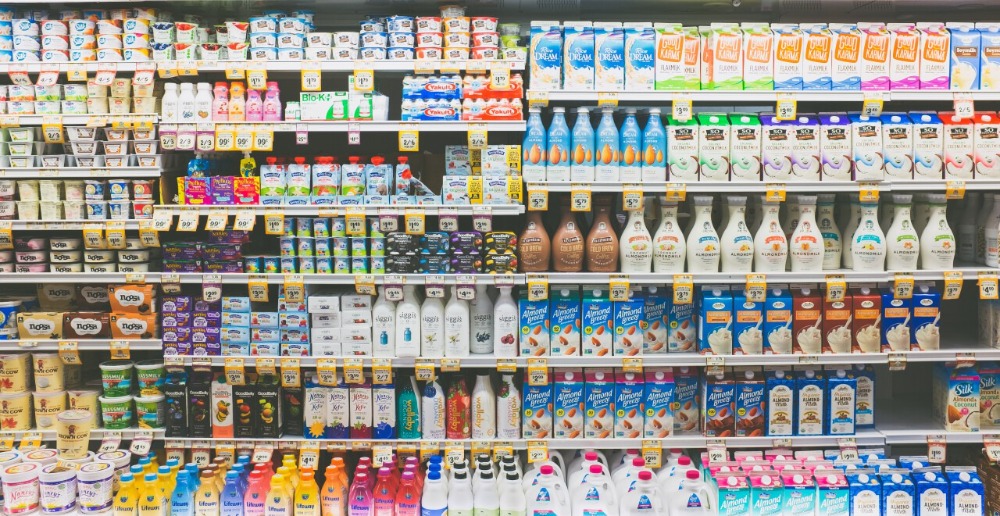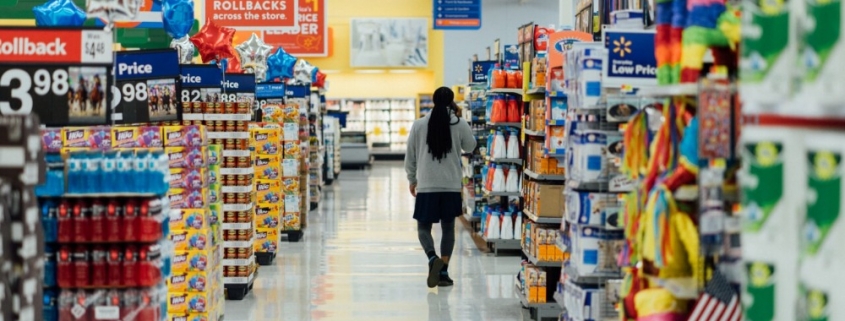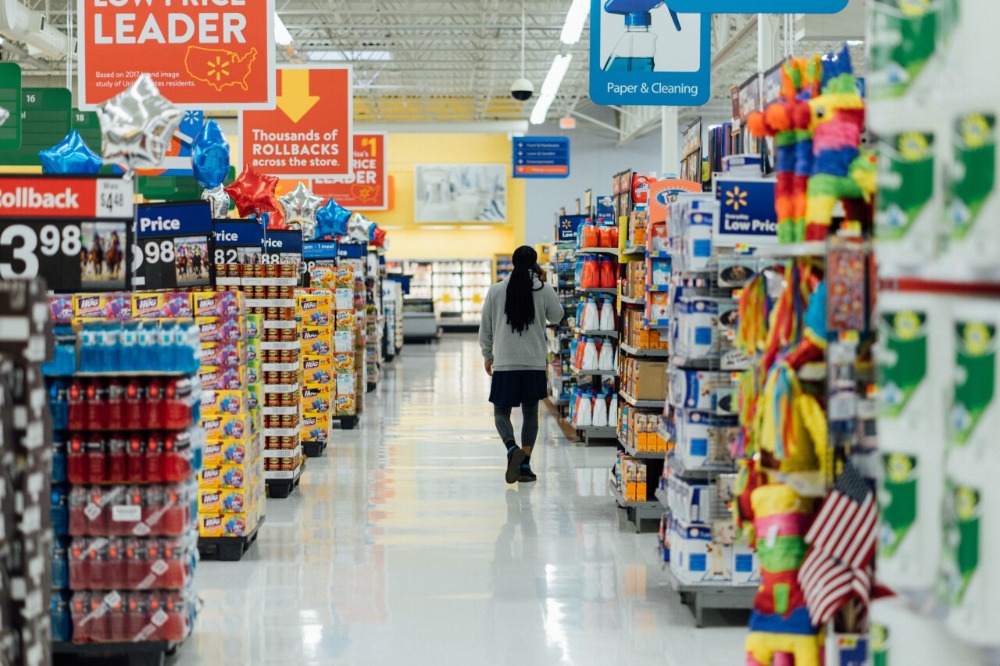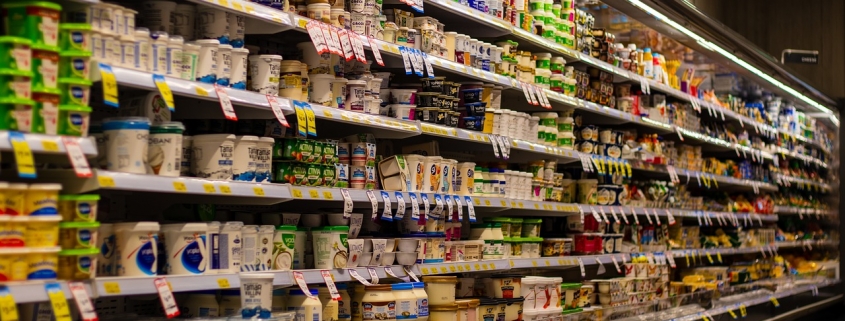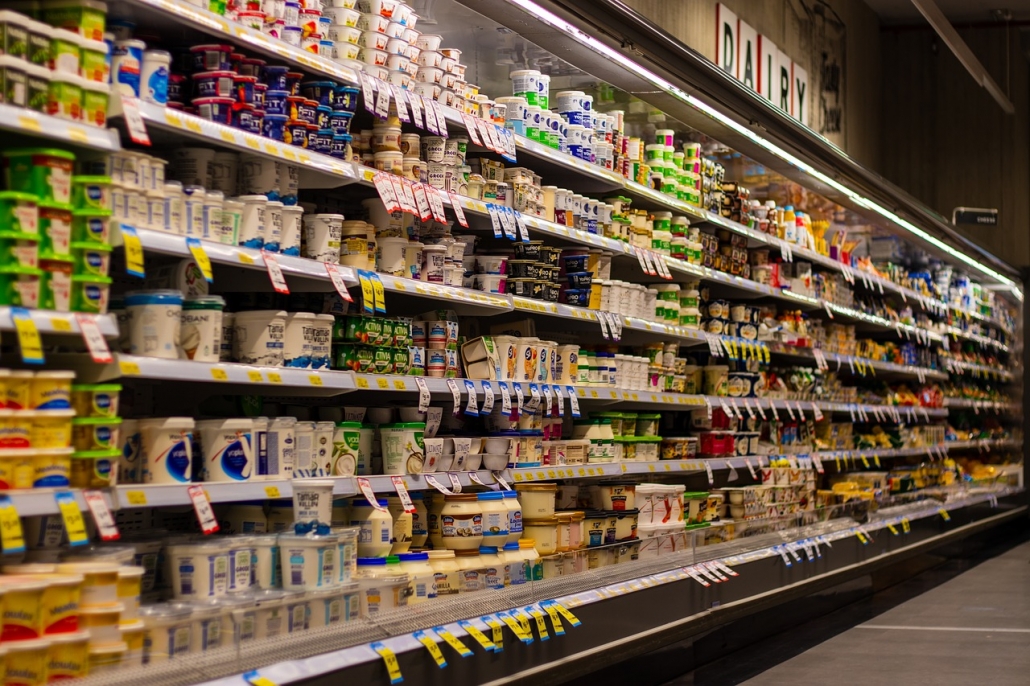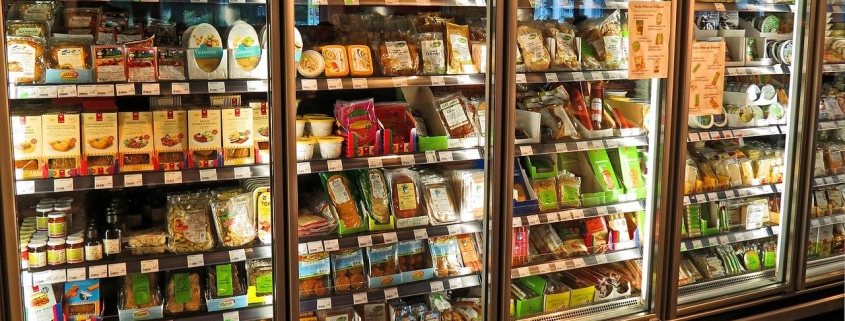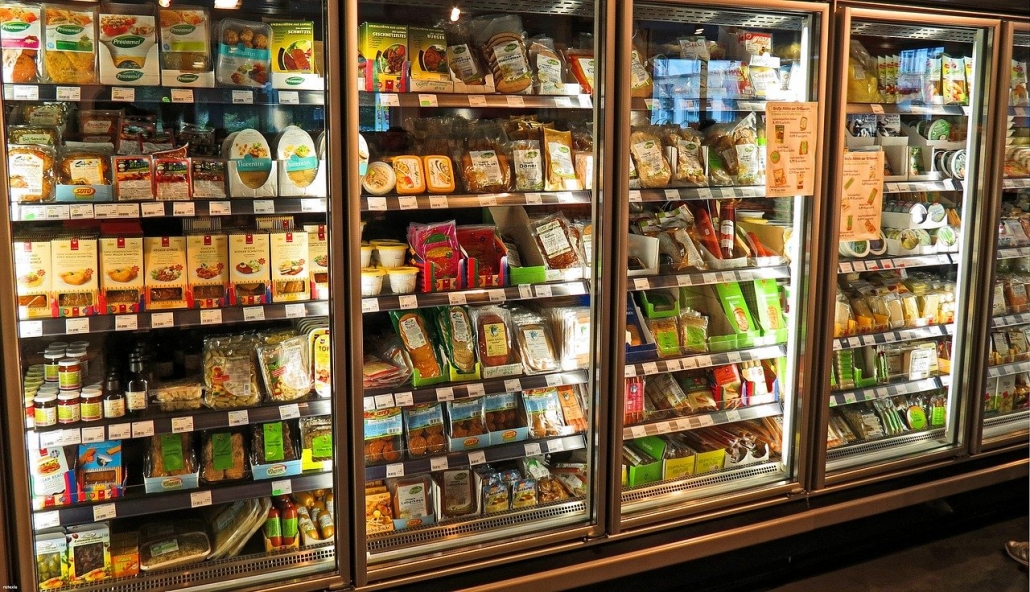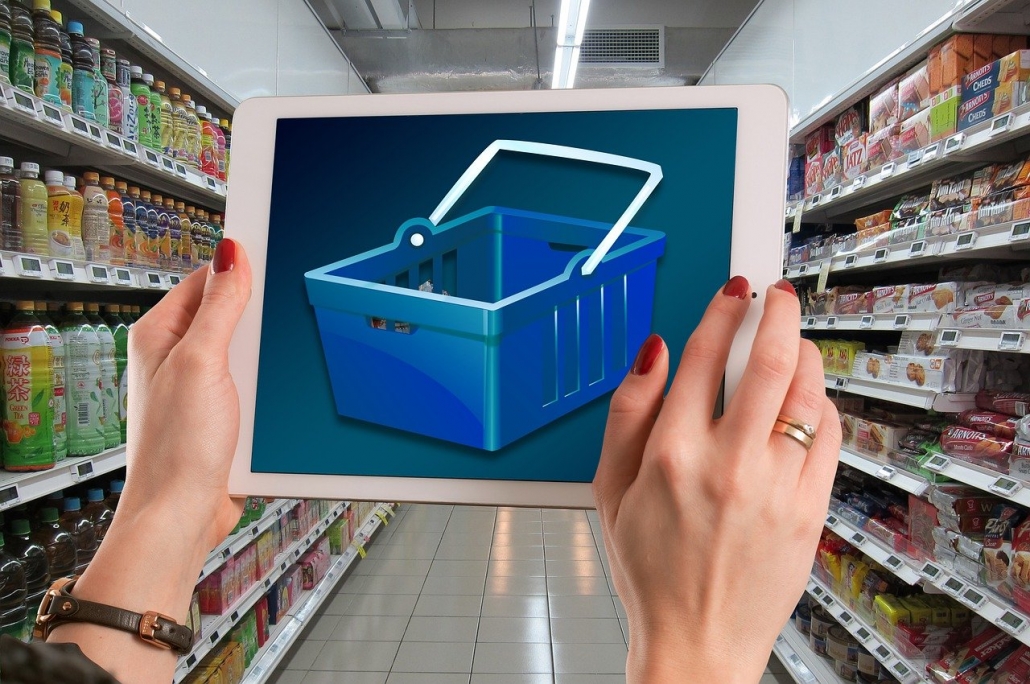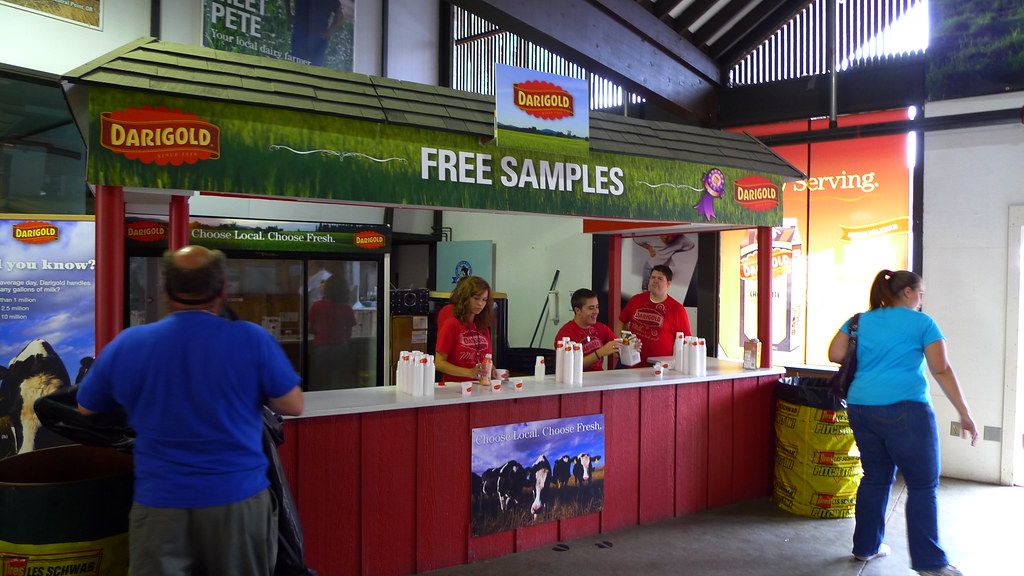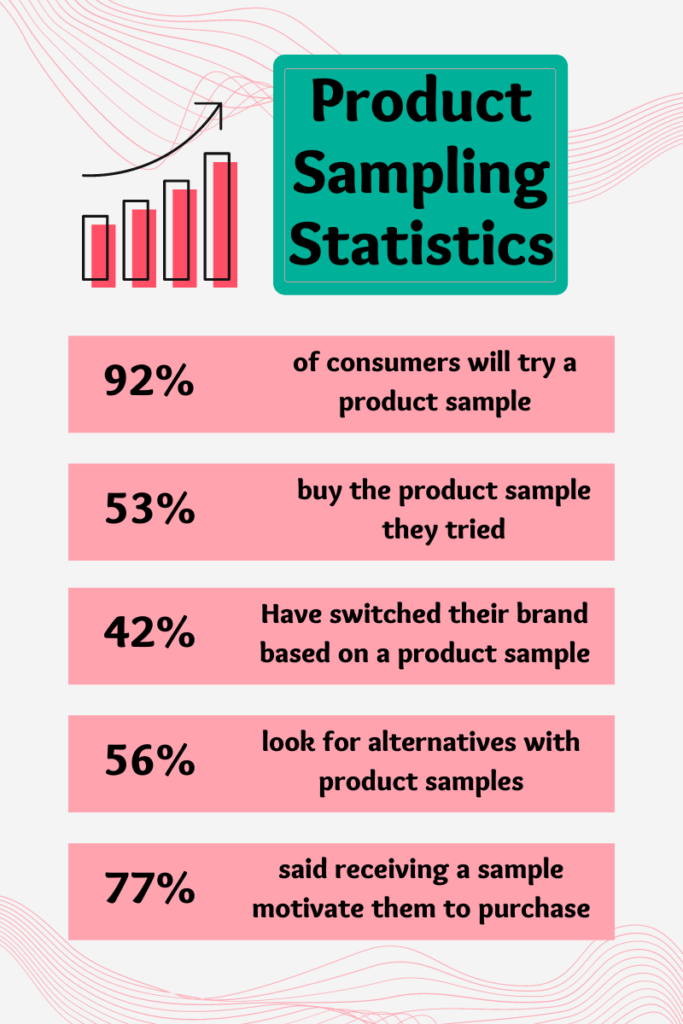Retail Planograms: What Are They & Why You Should Use Them (+ Tips)
Being able to effectively use your store’s physical space is a fundamental part of the success of your brand. Since your products will occupy the space and customers will navigate this space, it makes it an essential factor for everyone.
However, planning out your retail space is not always an easy task. From determining how to plan for your customers’ footpath in the store to which product displays go on which shelf, it can be overwhelming if your team does not have a solid plan in place.
This is where the use of retail planograms is needed. Retail planograms help brands and merchandisers plan out the use of their store space and gather data to help them make smarter choices which will translate to better in-store sales.
What Are Retail Planograms?
A retail planogram is a visual merchandising tool which has a detailed visual diagram of all important parts of your store. This includes the floor layout, displays, shelves, and other specific areas of the store.
The term planogram comes from the combination of the words “plan” and diagram”. So, it is a plan that will help you optimize your merchandise display to maximize your sales.
A retail planogram is usually just a single component which is a part of a more comprehensive documentation of all your visual merchandising needs.
They are often used by physical store owners, restaurants, and even digital business owners that have physical stores like pop-up stores.
Why Should You Use Retail Planograms For Your Stores?
Here are 5 reasons why you should use them for your stores:
1. Retail planograms help prevent issues about products running out of stock.
Retail out of stocks occurs when your store’s inventory has been exhausted. If consumers see that your store has products that are out of stock, it may give them the impression that the store is not organised or cannot cater to their needs.
Out of stocks are almost always caused by inconsistent practices when it comes to replenishing store shelves. This is one of the biggest challenges retailers may face if they do not use detailed retail planograms.
When using retail planograms, it gives retailers an opportunity to achieve even days of supply on shelves. This is because these planograms provide a data-driven visual representation of how long a product will last before it has to be repacked.
2. You will get more value from the data that you gather.
Retailers that do not make use of planograms will have a difficult time finding any real value from their point of sale data. While the data can be available, they may not immediately know how to analyze it since it is isolated.
To be able to get more value from their data, brands and merchandisers can combine their sales data with the retail space data that they can get from using retail planograms.
There are two ways brands and merchandisers can organise and understand their data more:
- Combining POS data with inventory data: they can see what is happening at a line item detail level
- Combining POS data with retail space data: they know what is going on at a store level.
3. You will have a better understanding of your shelf space performance with retail planograms.
To get more value from the data that you gather, you also have to understand how shelf space performs in their store.
This is because the brands that do not use retail planograms for their stores are not able to understand how their shelf space is performing.
You can now turn to planograms to overcome the challenge of justifying whether or not to allocate more or less space to a product based on how well it is performing in relation to its occupied shelf space.
4. Retail planograms help you in avoiding messy and disorganized stores.
Messy and disorganised stores reflect how merchandisers may not have an understanding of where or how to place their products. Having a messy store adds to your customer’s negative experience when they see it.
Retail planograms are an effective solution to alleviating the problem of having disorganised and messy stores. With planograms, brands can plan out logical product layouts that are cleaner for everyone to look at.
A proper and organised product layout goes a long way towards helping stores become successful. Retail planograms help merchandisers implement these well designed plans which makes for a more visually appealing store.
5. You will have more consistent product layouts when using a retail planogram.
When you do not use planograms, there is a risk of dealing with product layout inconsistencies among all of their stores. It is important that shelves at each store should not be laid out differently as it also affects the brand identity of the brand.
Brands can overcome the inconsistencies of product layouts by using planograms which centralises their space planning management from the main offices.
The planograms help in creating a consistent foundation for how products are laid out in stores. This results in consumers experiencing the same store layout no matter which branch they visit.
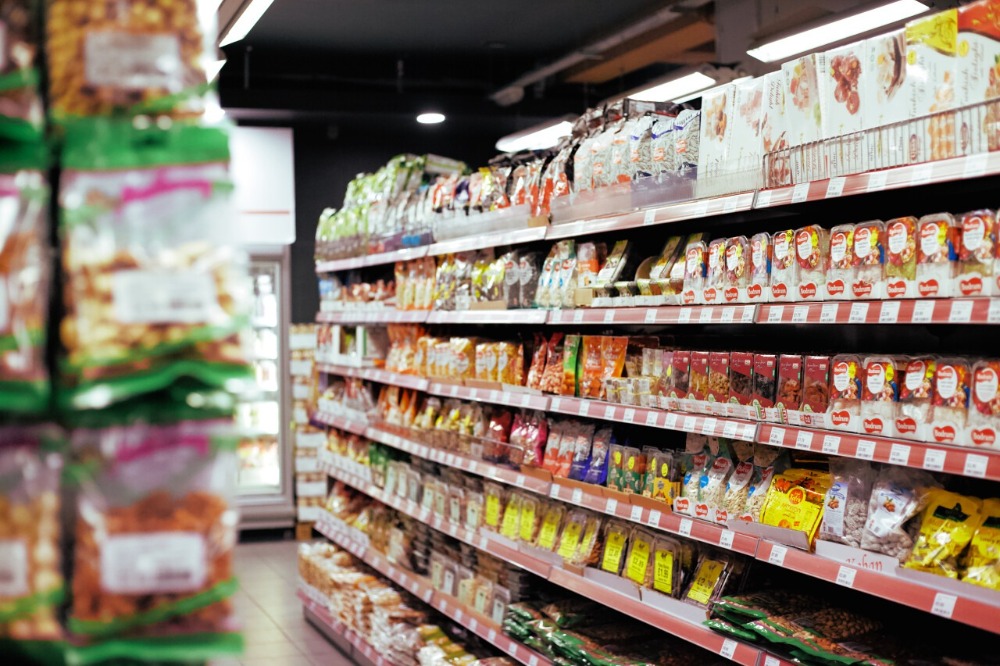
4 Tips For Having a Successful Retail Planogram
Now that you have a deeper understanding about why you should use planograms, here are 4 tips that will help you have a successful retail planogram for your stores:
1. Carefully go over what levels you want to place your products
The products that you will place at eye level will more than likely outperform other products significantly. Products that are placed at eye level can be seen on shelves that are 4 to 5 feet off the ground.
After the eye level, the next most effective shelf placement is at touch level which is 3 to 4 feet off the ground. This can likely lead to an interaction with a product, but less likely to turn into a sale.
It is crucial for brands to place their bestseller products at eye level to maximize the sales that they can get for these products.
2. Place the essential items at the back of the store
An important technique to learn when creating your planograms is placing the essential items at the back of your store.
This technique creates traffic flows in your physical space and forces customers to walk past other areas of the store.
When more customers navigate around the different areas, they are more likely to look around and buy more items as they go to the back for their essential items.
3. Use multiple facings to draw the attention of your customers
Using multiple facings of a single brand or product at an end cap of a store is a great way to draw the attention of your customers.
This point of sale location at the end is highly sought-after. It often leverages multiple stock-keeping units because they are visually more impactful when stocked together.
On the other hand, if you try to place too many different products together on your shelves, it can lead to customers becoming more indecisive and less likely to end up buying something from that shelf.
4. Place complementary items close together
Another tip when creating your planograms is to make sure that you place complementary items close together as this offers more convenience for customers.
Pairs of products like shoes and socks, sunscreen and sunglasses, peanut butter and jelly, coffee and cream are great examples of what you should stock close together.
Stocking these pairs close together allows you to bring a sense of convenience to your customers by providing them with related products that they may also want to purchase along with what they initially needed to get.
With retail planograms, you will have a more organised and detailed plan for all important products, shelves, and areas of your physical store.
This will not only lead to a more pleasant experience for customers, but should also lead to even more sales for your stores as well.
If you are looking for a merchandising app that can help you create retail planograms for your store, then you should have a look at the Optim Merchandising app.
With Optim Merchandising, you and your field reps will have access to a lot of important features like creating planograms to improve the success of your retail store.
Click here to watch a demo and experience a free trial now.
Related articles:

